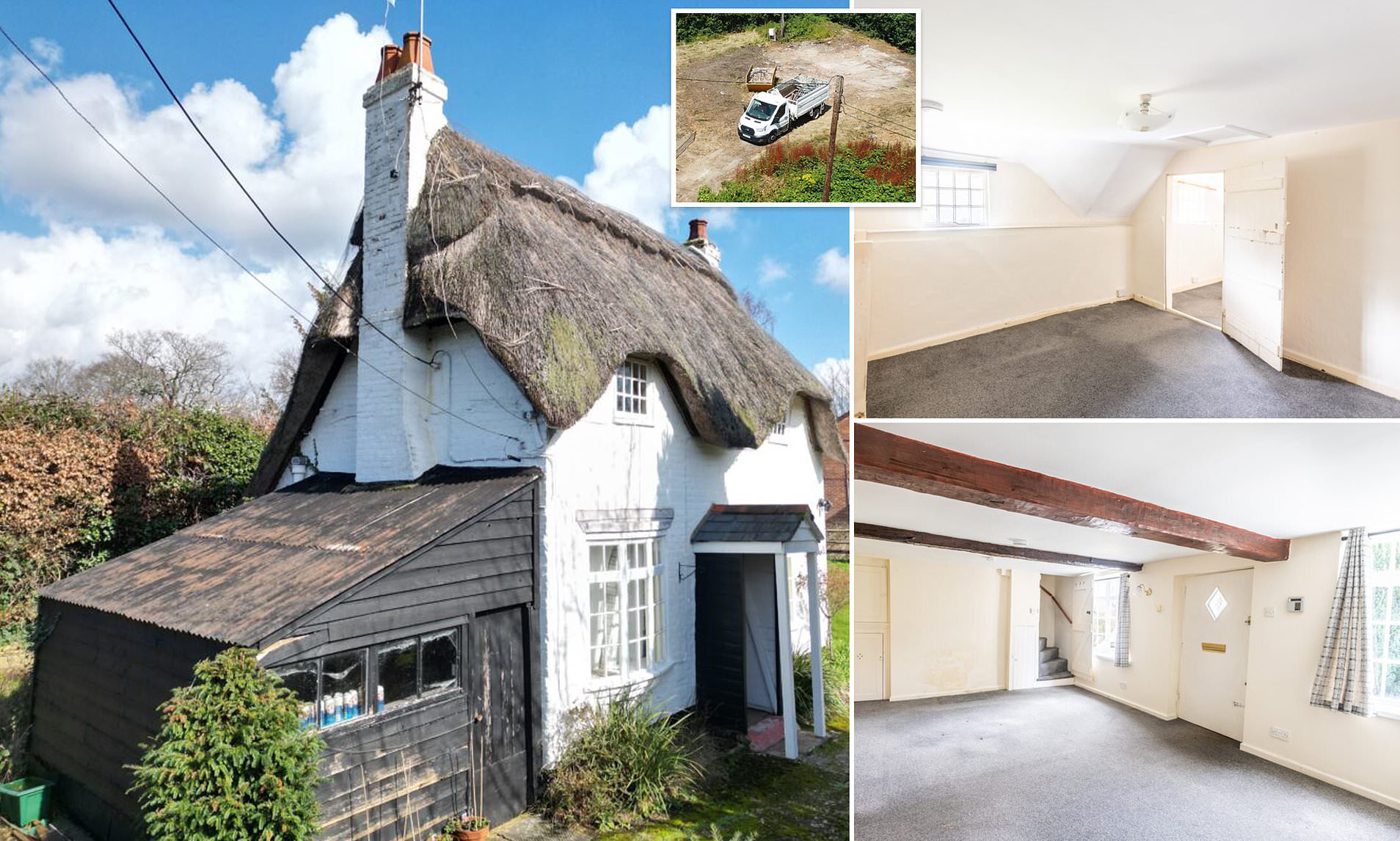The Mysterious Demolition of a 300-Year-Old Cottage in Nursling
Residents of Nursling, a village near Southampton in Hampshire, are still reeling from the sudden and unexplained demolition of a 17th-century cottage that had long been considered a local landmark. The property, known as Wychwood Cottage, was torn down without prior notice, leaving many in shock and questioning the decision behind its destruction.
The previous owners of the historic home, which had stood for over 300 years, were an estates company associated with the Barker-Mill Foundation, a charitable organization. They sold the property along with a parcel of land that came with full planning permission for another dwelling. However, the new owners reportedly chose to demolish the cottage instead of using the land for development. This decision has left the foundation’s representatives surprised and disappointed.
Neighbors initially believed the workers were there to re-thatch the roof of the two-bedroom cottage. But when a JCB digger arrived, they realized something was wrong. The unexpected demolition caught everyone off guard, and the community is now demanding answers.
Test Valley Borough Council confirmed that it had not been informed about the plans to tear down the cottage. As a result, the council has launched an investigation into the matter. Councillor Phil Bundy, the planning portfolio holder, stated that the council was made aware of the demolition only after it had occurred. He emphasized that while the cottage was not a listed building, the council is looking into whether the correct planning procedures were followed.
Local residents have expressed strong feelings about the loss of the historic property. Many described it as a “hallmark” of their parish and even featured on the cover of a local history book. Some residents have called for those responsible to be held accountable, while others feel a deep sense of loss, as the cottage represented a piece of their village’s heritage.
One anonymous neighbor who lives opposite the site said that a group of “rough” workers arrived and began the demolition within just two days. They had no signs or clear indication of what was happening. Initially, the neighbor thought the workers were there to re-thatch the roof, but the situation quickly changed.
Efforts to have the cottage listed as a protected building had previously failed. A resident mentioned that the village had tried to get it listed back in February but was told it had been altered in recent years. The identity of the current owner remains unknown, adding to the mystery surrounding the demolition.
Older residents, in particular, were deeply affected by the decision. James Rooney, a 90-year-old retired builder, described the act as “disgusting” and called for those responsible to be “locked up.” He shared memories of the cottage and the emotional impact of its destruction.
Other locals, such as Jess Craig, a full-time mother, noted that the demolition crew did not appear to be a corporate company. She described the process as quick and unprofessional, with the workmen resembling tree surgeons rather than construction workers.
Lawrence Harfield, a 71-year-old resident who has lived in the area for 20 years, was stunned by the sight of a JCB digging into the cottage. Karen Williams, a registered nurse, added that the entire community is upset, as the demolition came out of the blue. She highlighted the importance of preserving the village’s historical character, noting that little of the old village remains.
The cottage, which was recently sold for £400,000, was described as having a generous garden and modern amenities. It had also undergone renovations in 2000 and was in good condition. The listing also mentioned that full planning permission had been granted in July 2023 for a new dwelling on the adjacent land.
Despite these details, the decision to demolish the cottage has raised many questions. Residents are still seeking clarity on the reasons behind the action and are calling for transparency from the new owners. The incident has sparked a broader conversation about the preservation of historical buildings and the responsibilities of property owners in maintaining the cultural heritage of their communities.







